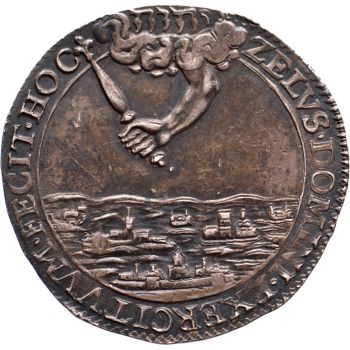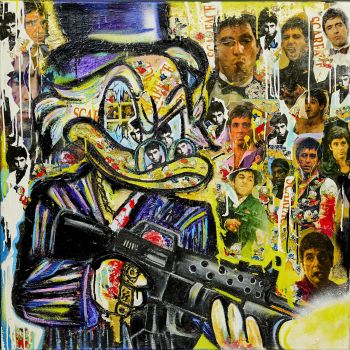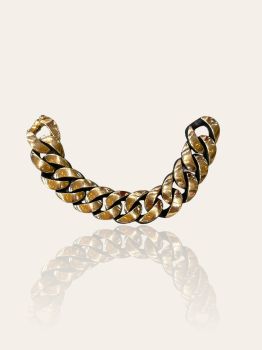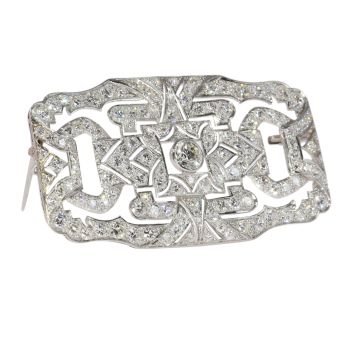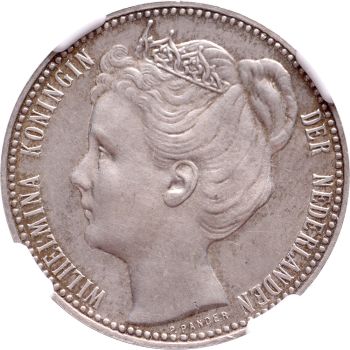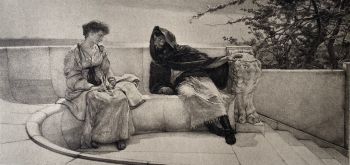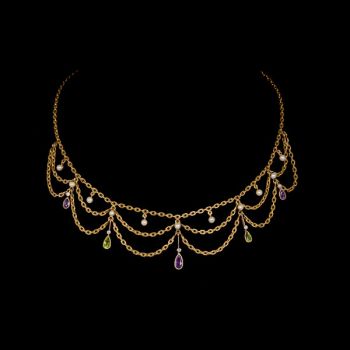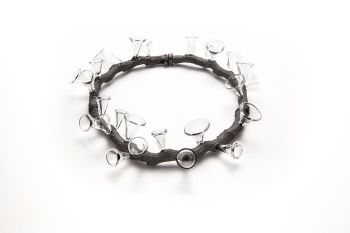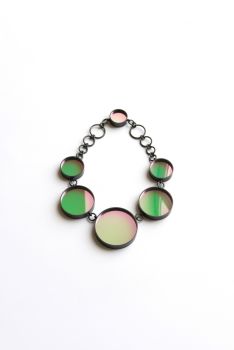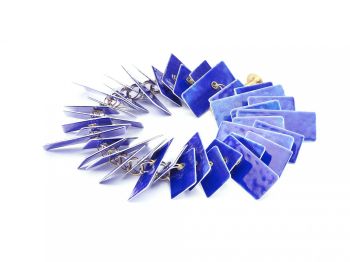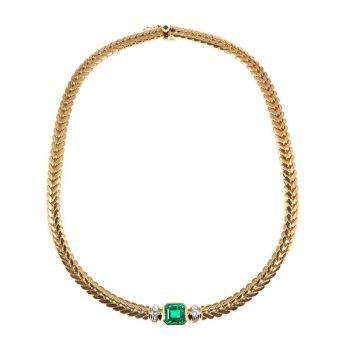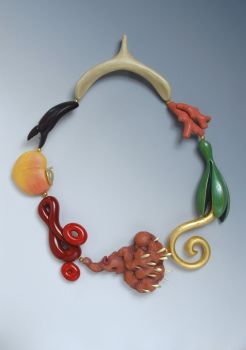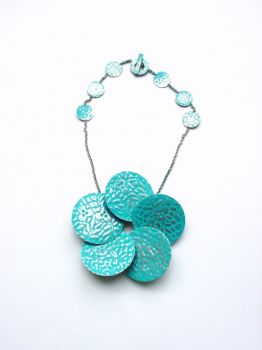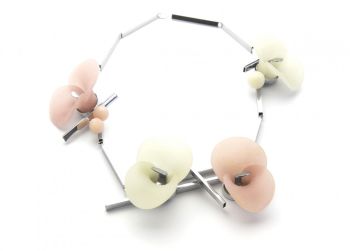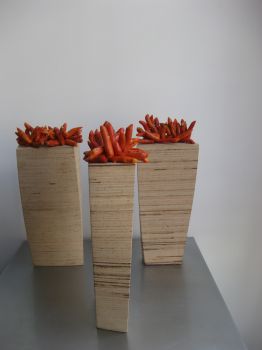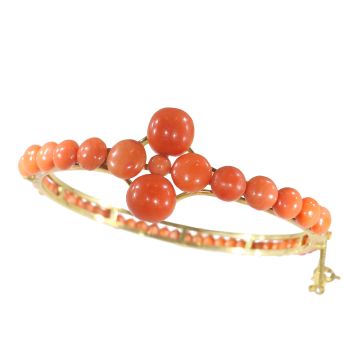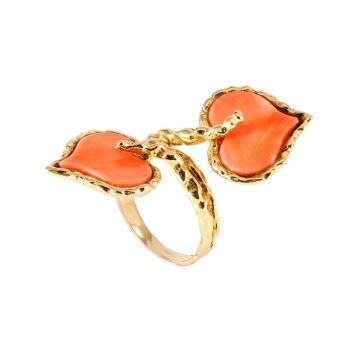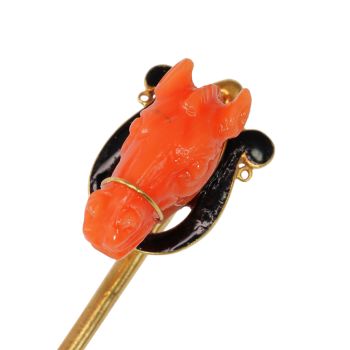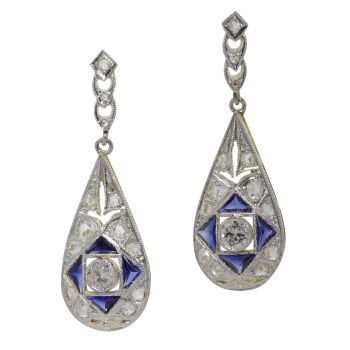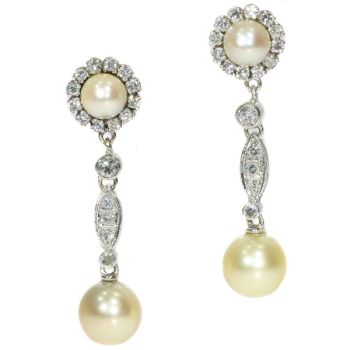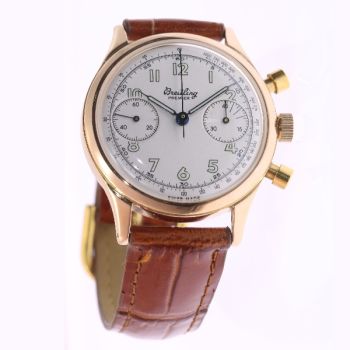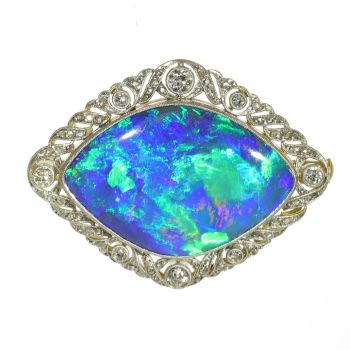Long collier antique de corail de sang avec des perles épaisses 1900
Artiste Inconnu
corail
€ 6.850
Adin Fine Antique Jewellery
- Sur l'oeuvre d'art
Antique jewelry object group: bead necklace
Condition: very good condition
- (more info on our condition scale)
Style: Victorian - Victorian decorative arts refers to the style of decorative arts during the Victorian era. The Victorian era is known for its eclectic revival and interpretation of historic styles and the introduction of cross-cultural influences from themiddle east and Asia in furniture, fittings, and Interior decoration. Victorian design is widely viewed as having indulged in a regrettable excess of ornament. The Arts and Crafts movement, the aesthetic movement, Anglo-Japanese style, and Art Nouveaustyle have their beginnings in the late Victorian era.
- See also: Victorianor more info on styles
Period: ca. 1900
- (events & facts of this era, poetry of this era, fashion of this era)
Precious stones: 108 coral beads with a diameter between 10mm and 12mm
Extra information:Conventional Buddhist tradition counts the beads at 108, signifying the mortal desires of mankind. The number is attributed to the Mokugenji (soapberry seed) Sutra wherein Shakyamuni Buddha instructed King Virudhakato make such beads and recite the Three Jewels of Buddhism. In later years, various Buddhist sects would either retain the number of beads, or divide them into consecutive twos, fours, for brevity or informality.
A decorative tassel is sometimes attached to the beads, flanked by talismans or amulets depending on one's local tradition. Because prayer beads are often painted in pigment, various traditional schools attribute a consecrationritual by the Sangha to the beads, to "open the eyes" for the purpose of achieving Enlightenment unique to the Karma of each believer. (From: Wikipedia)
Dimensions: total length 100,00 cm (39,37 inch) - See picture with a ruler in cm and inches
Weight: 197.90 gram (127.25 dwt)
Reference Nº: 19262-0321
Copyright photography: Adin, fine antique jewelry
- Sur l'artiste
Il peut arriver qu'un artiste ou un créateur soit inconnu.
Certaines œuvres ne doivent pas être déterminées par qui elles sont faites ou elles sont faites par (un groupe d') artisans. Les exemples sont des statues de l'Antiquité, des meubles, des miroirs ou des signatures qui ne sont pas claires ou lisibles, mais aussi certaines œuvres ne sont pas signées du tout.
Vous pouvez également trouver la description suivante :
•"Attribué à …." A leur avis probablement une oeuvre de l'artiste, au moins en partie
•« Atelier de …. ou « Atelier de » À leur avis, une œuvre exécutée dans l'atelier ou l'atelier de l'artiste, éventuellement sous sa direction
•« Cercle de… ». A leur avis une oeuvre de la période de l'artiste témoignant de son influence, étroitement associée à l'artiste mais pas forcément son élève
•« Style de … ». ou "Suiveur de ...." Selon eux, une œuvre exécutée dans le style de l'artiste mais pas nécessairement par un élève ; peut être contemporain ou presque contemporain
•« Manière de… ». A leur avis une oeuvre dans le style de l'artiste mais d'une date plus tardive
•"Après …." A leur avis une copie (quelle qu'en soit la date) d'une oeuvre de l'artiste
•« Signé… », « Daté… ». ou « Inscrit » À leur avis, l'œuvre a été signée/datée/inscrite par l'artiste. L'ajout d'un point d'interrogation indique un élément de doute
• "Avec signature ….", "Avec date ….", "Avec inscription …." ou "Porte signature/date/inscription" à leur avis la signature/date/inscription a été ajoutée par quelqu'un d'autre que l'artiste
Êtes-vous intéressé par l'achat de cette oeuvre?
Artwork details
Related artworks
- 1 - 4 / 12
- 1 - 4 / 24
- 1 - 4 / 24
- 1 - 4 / 23
- 1 - 4 / 12









